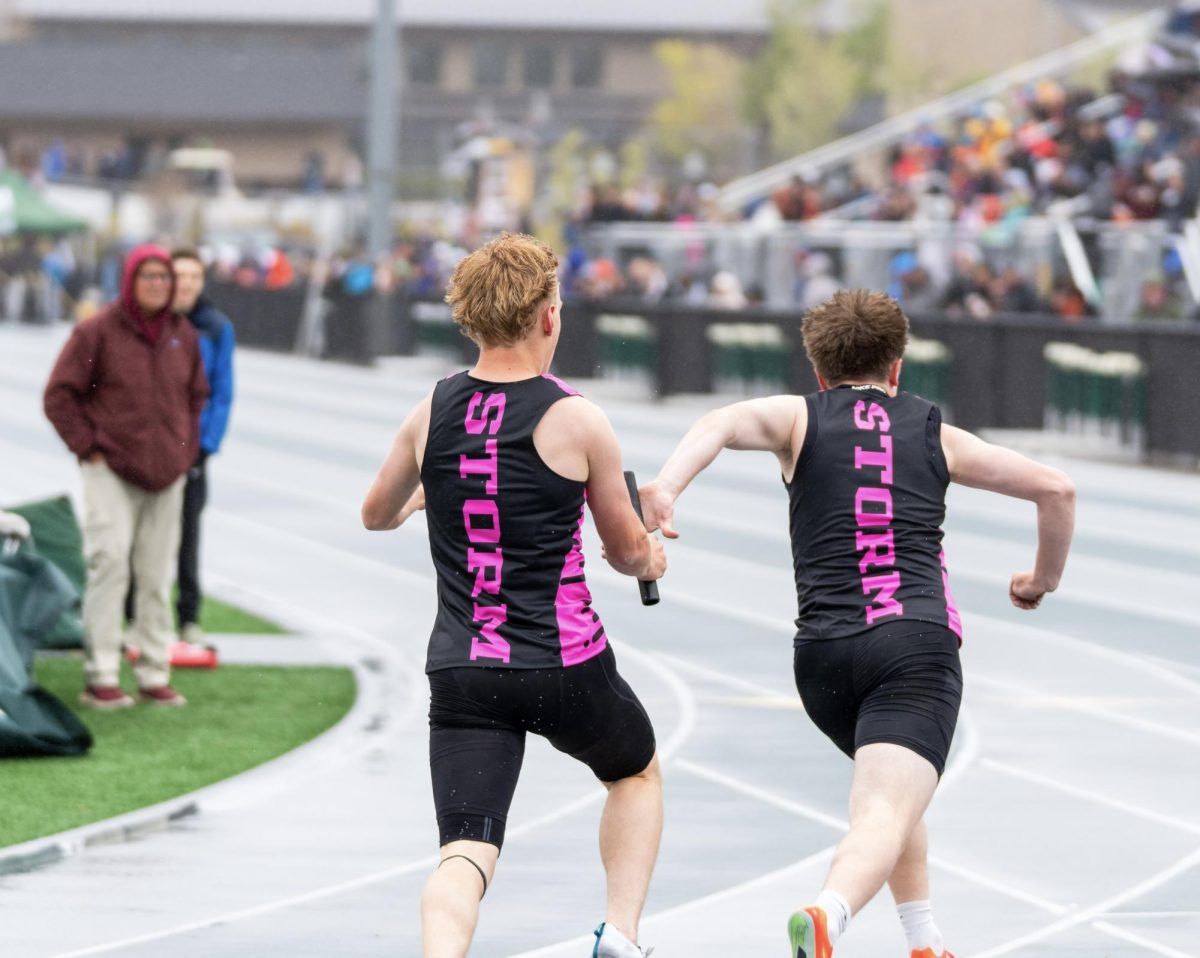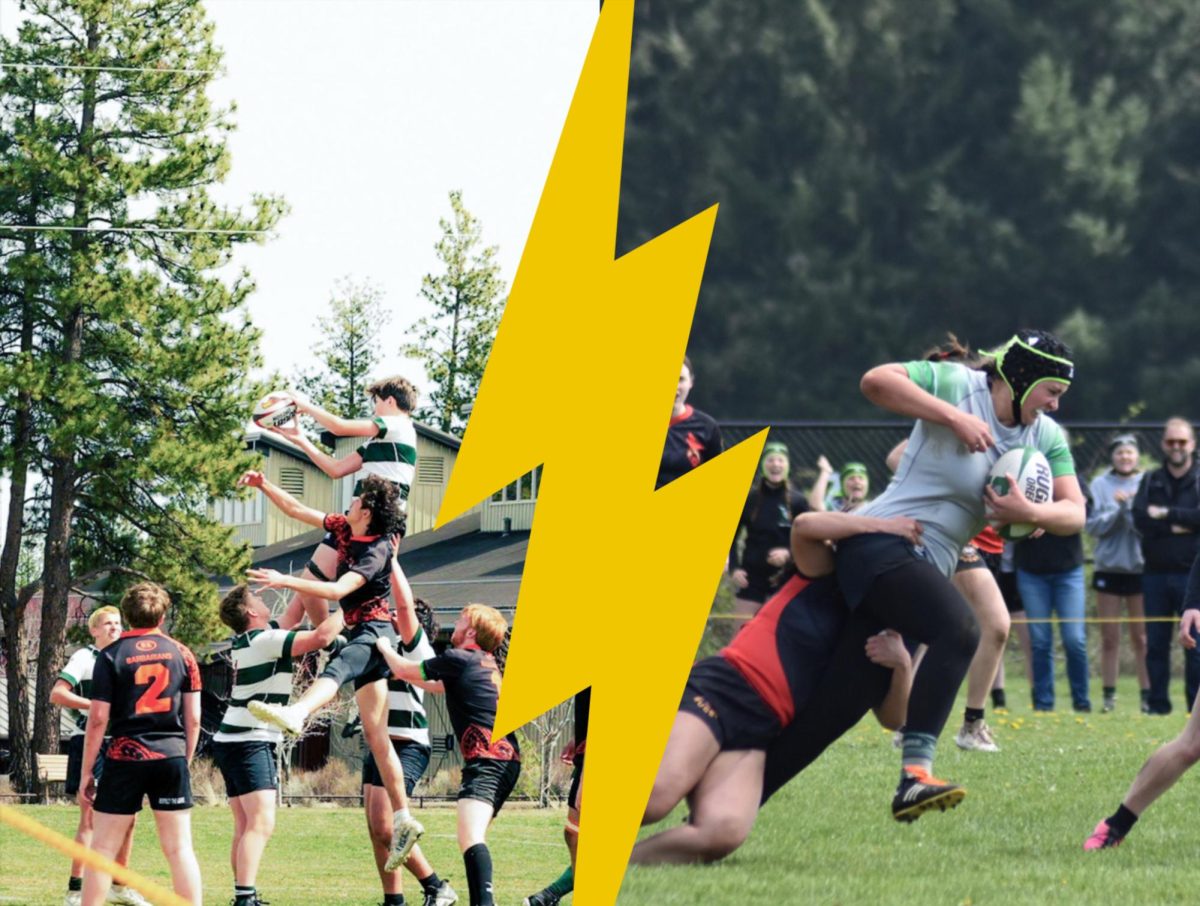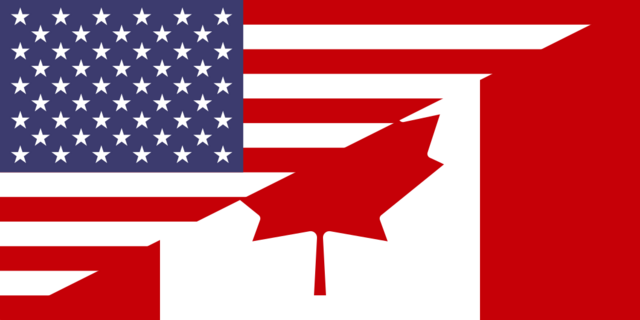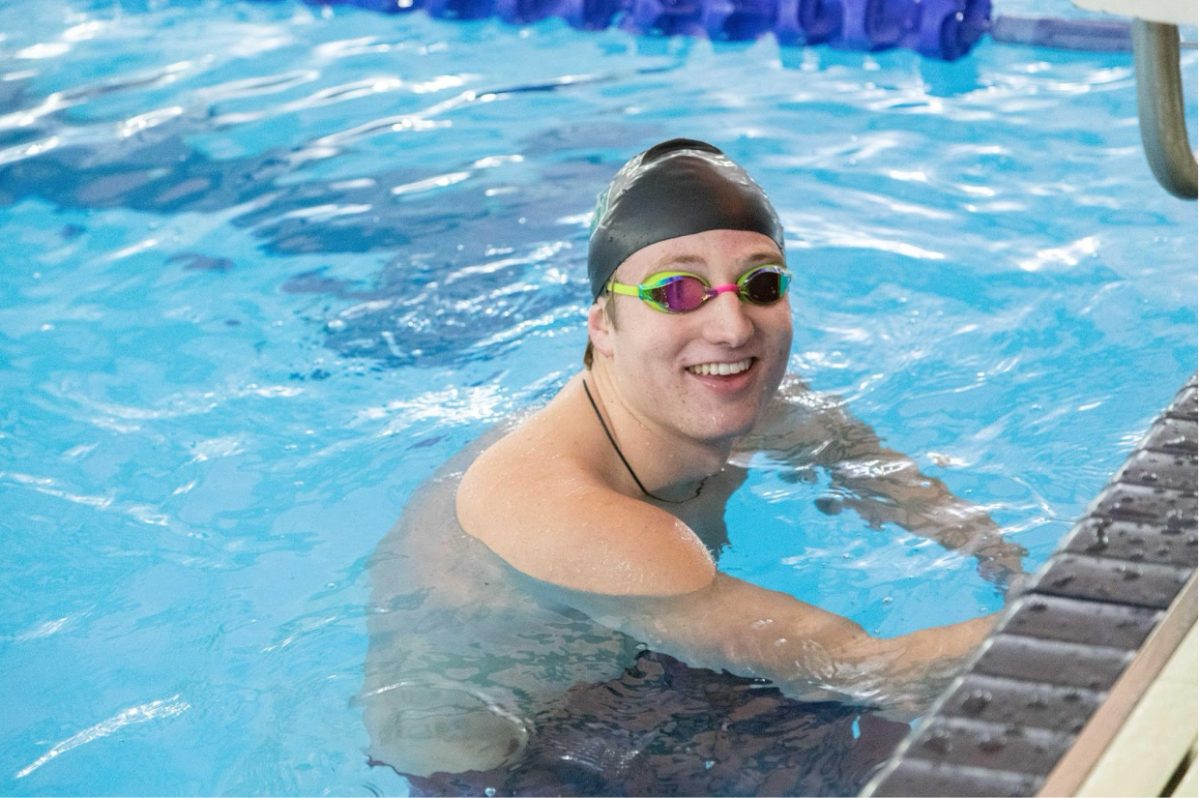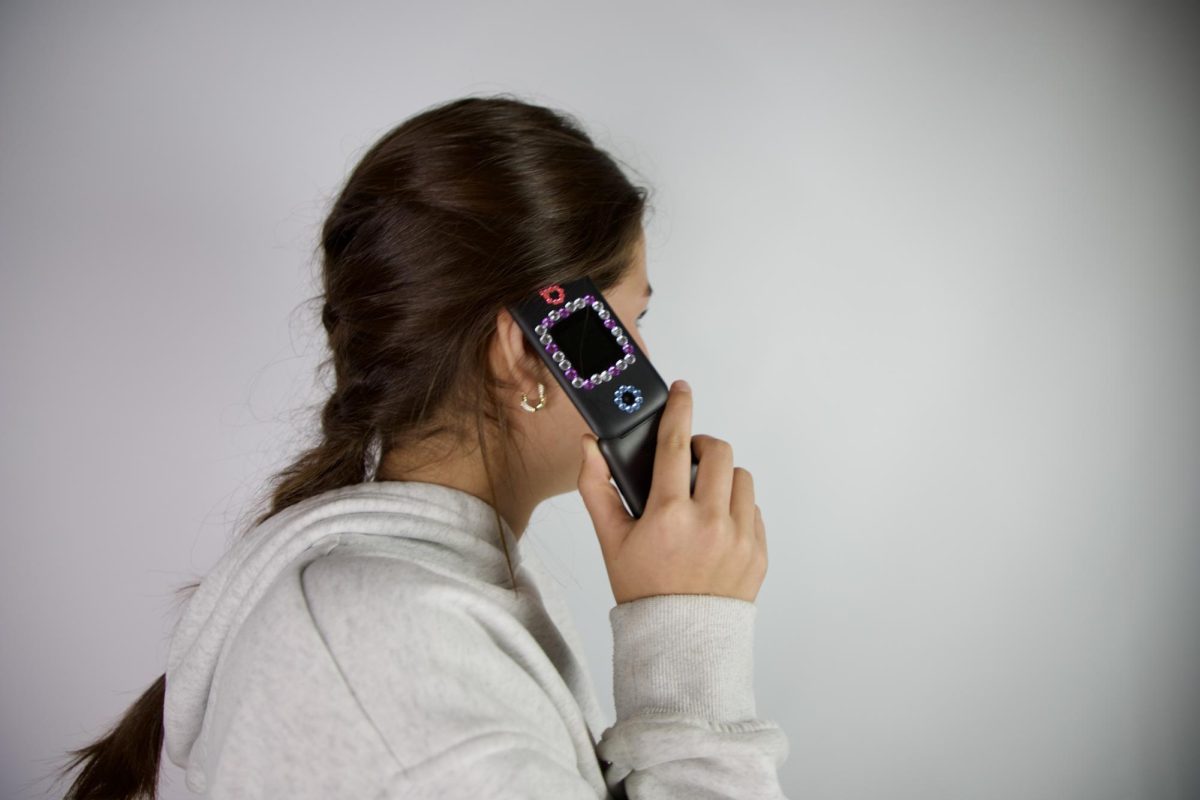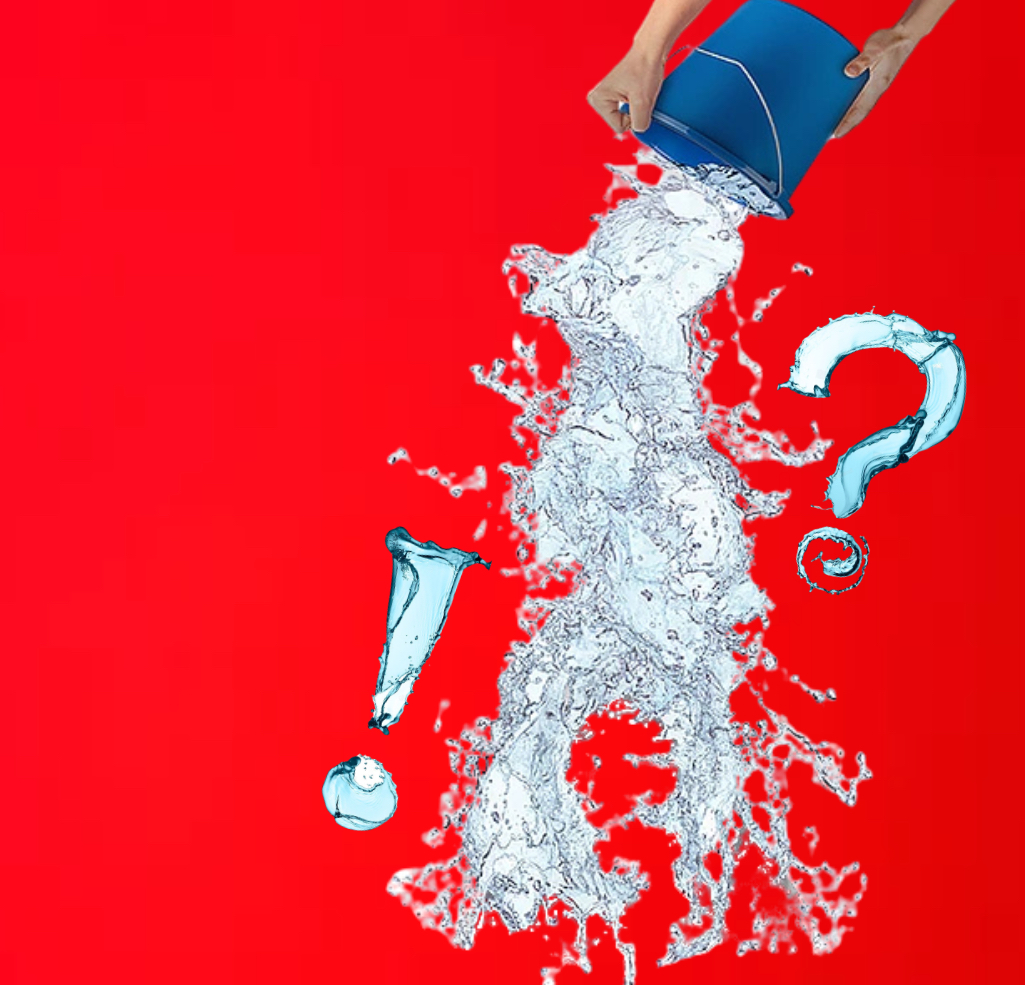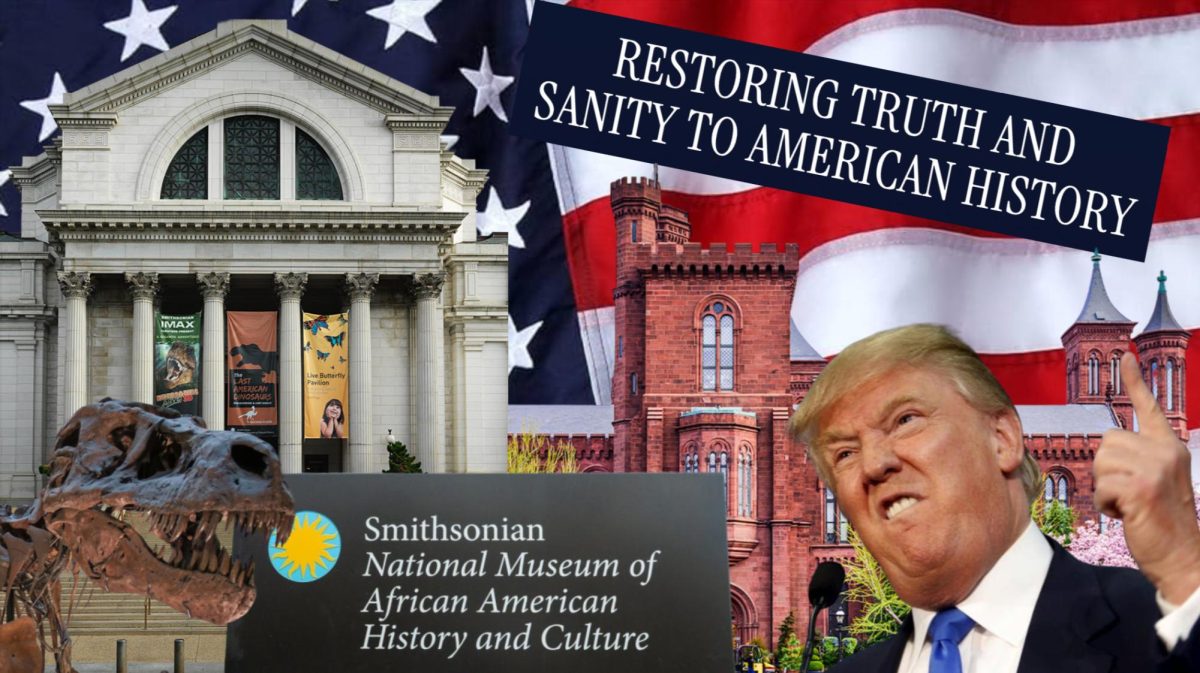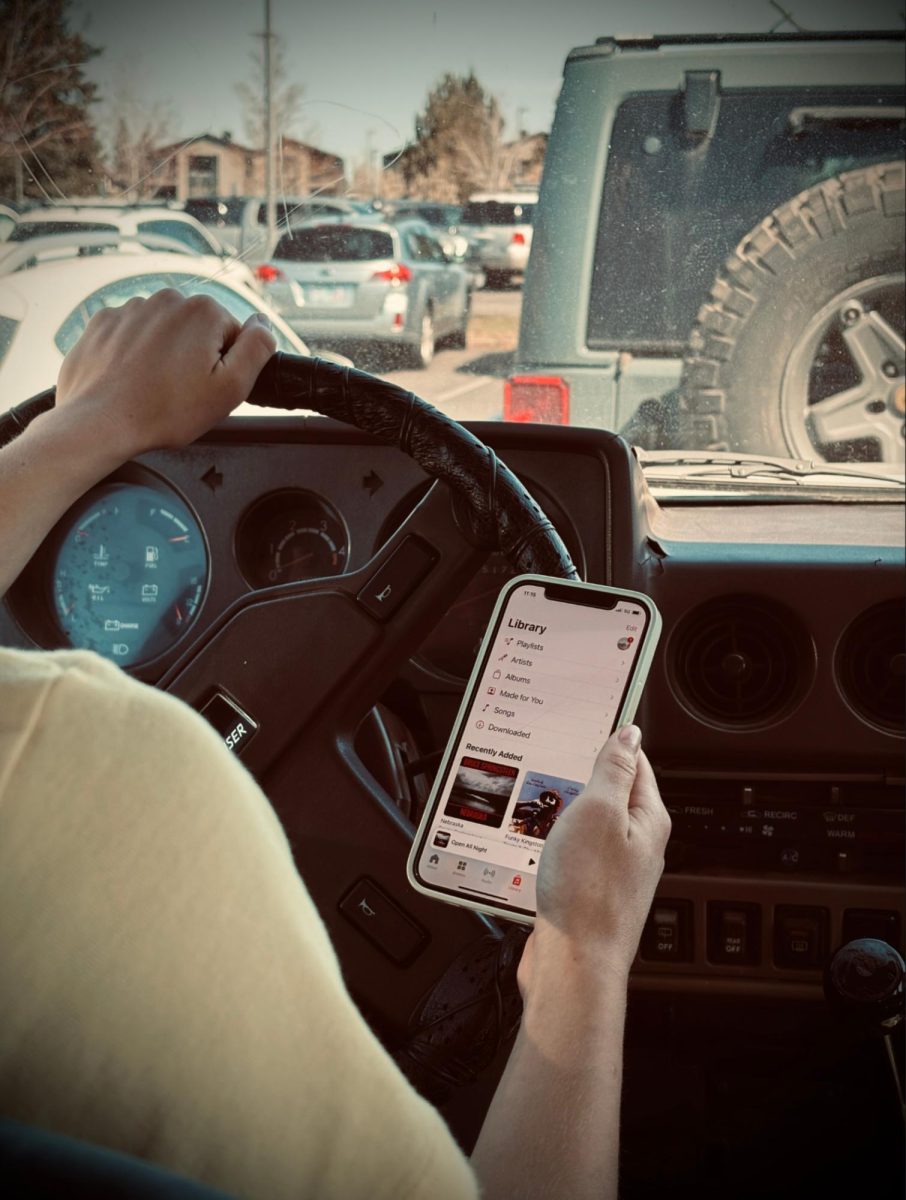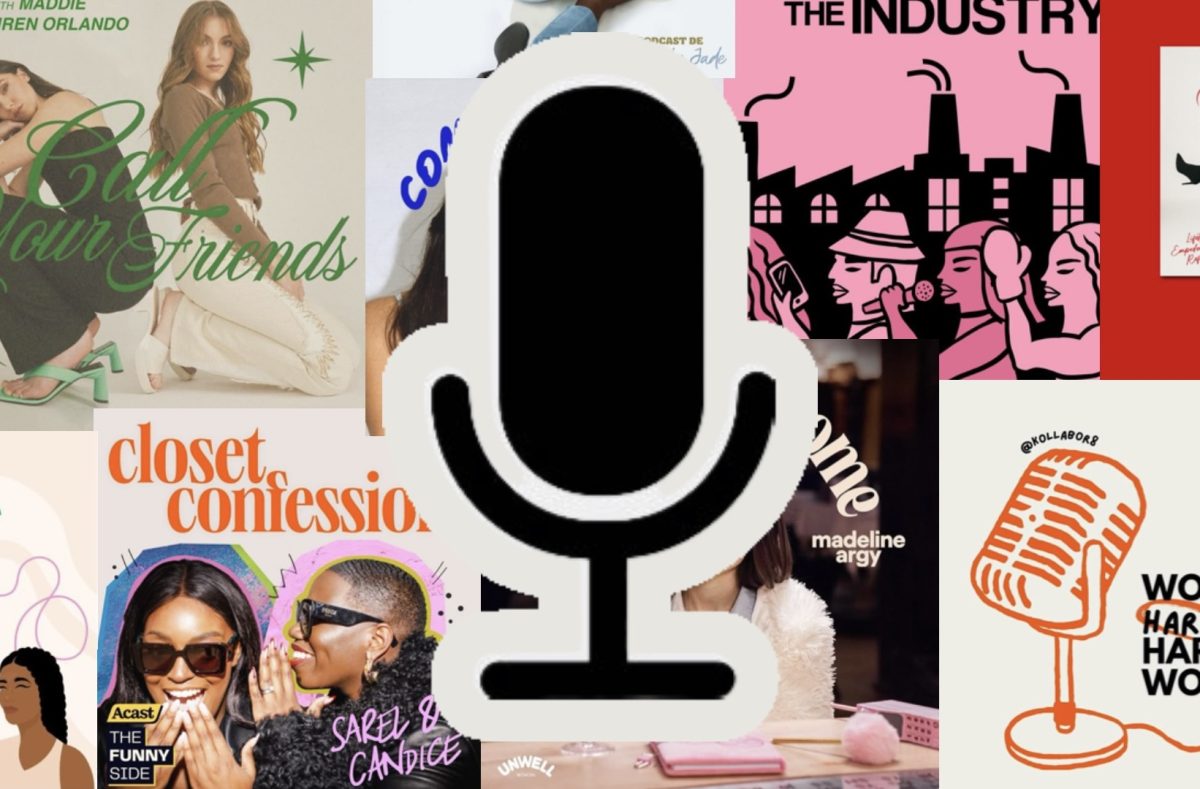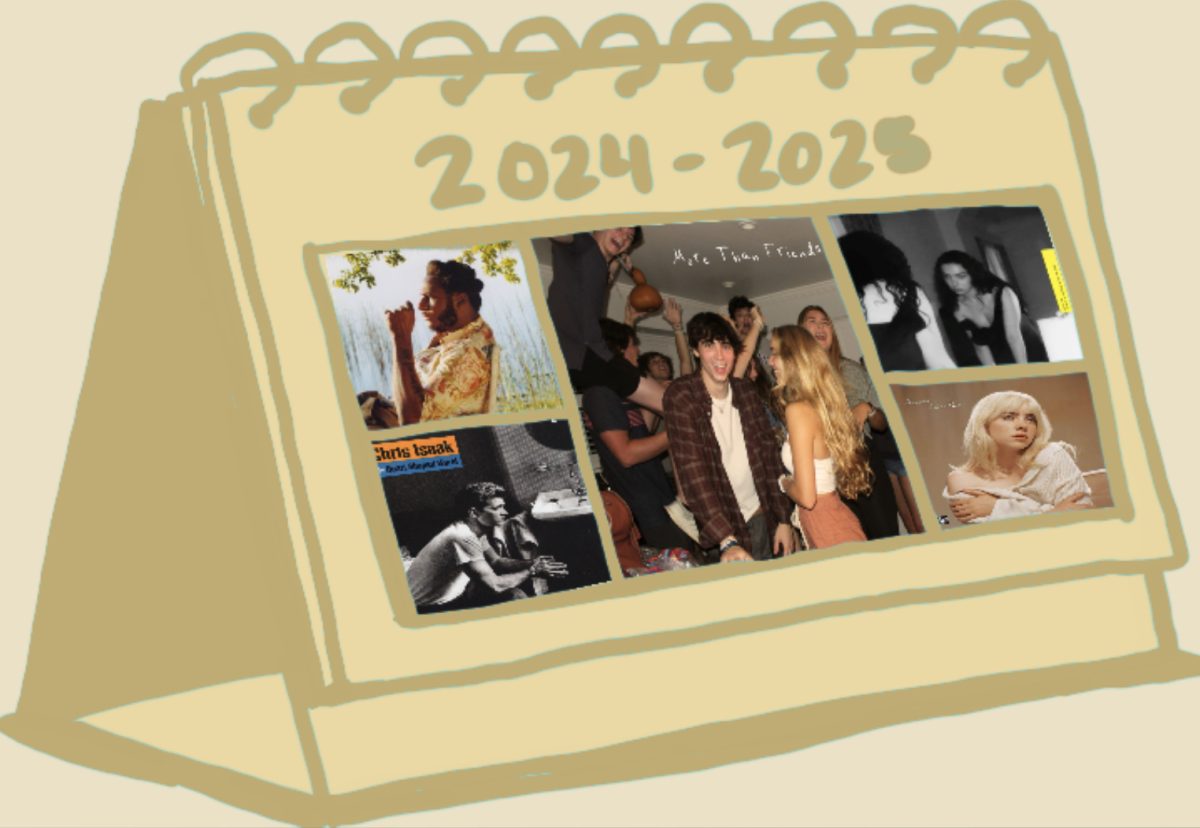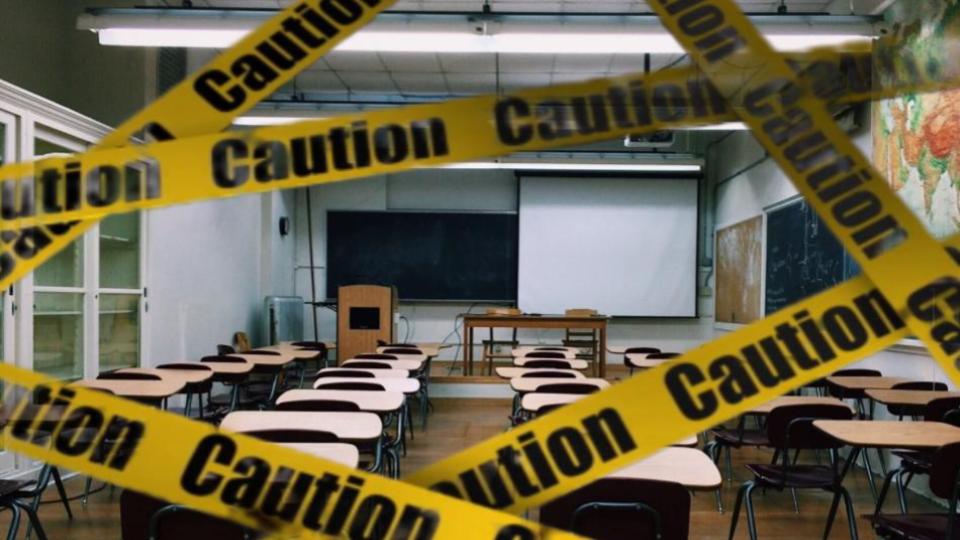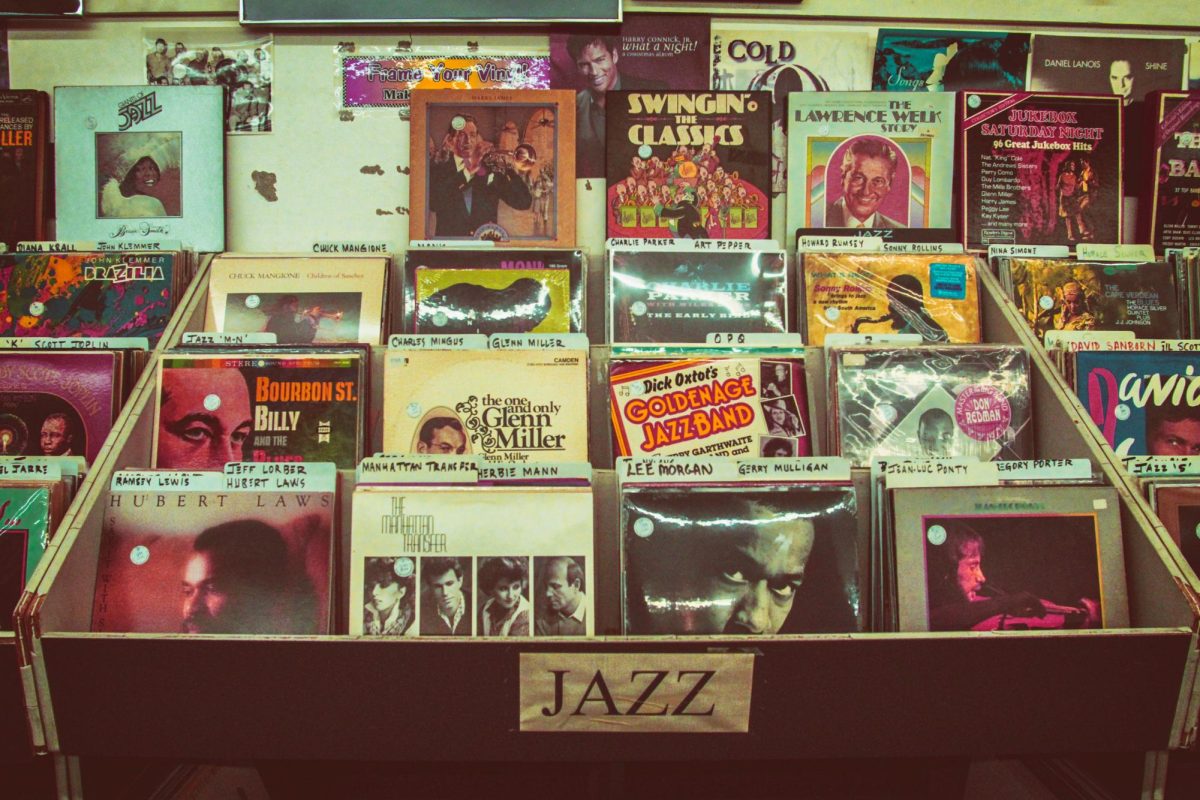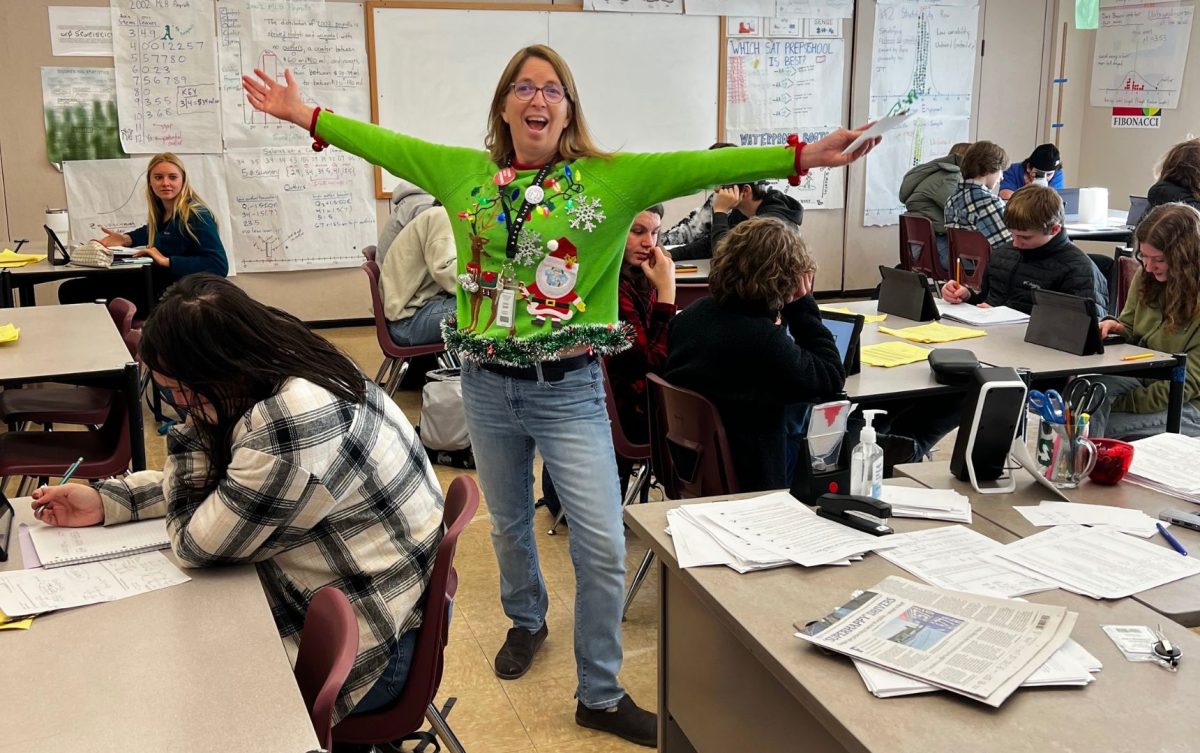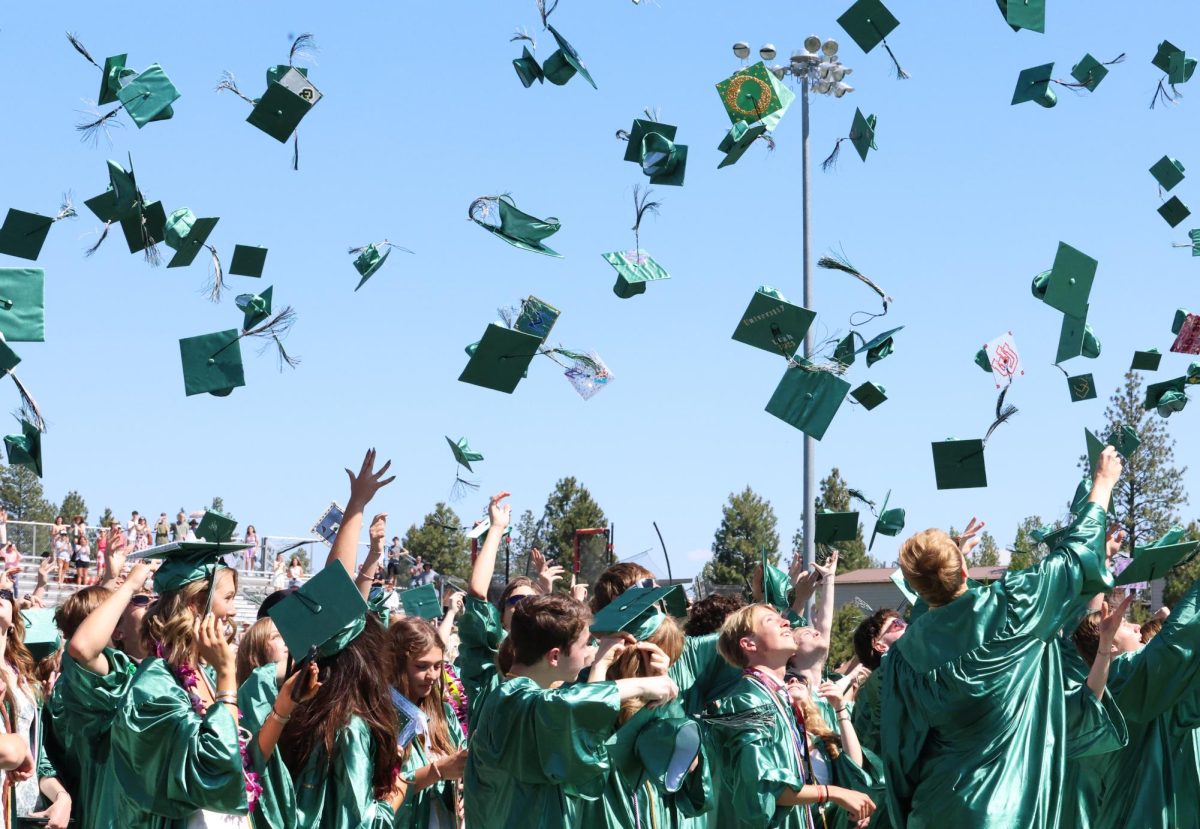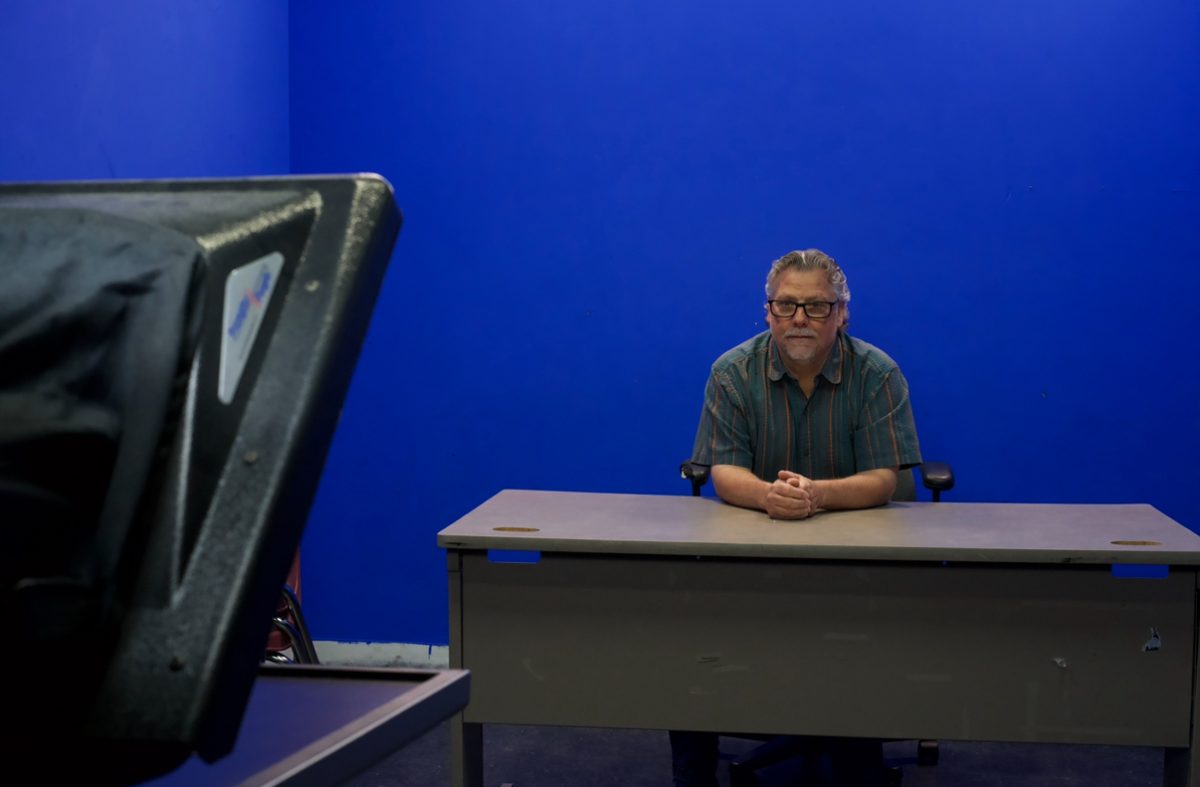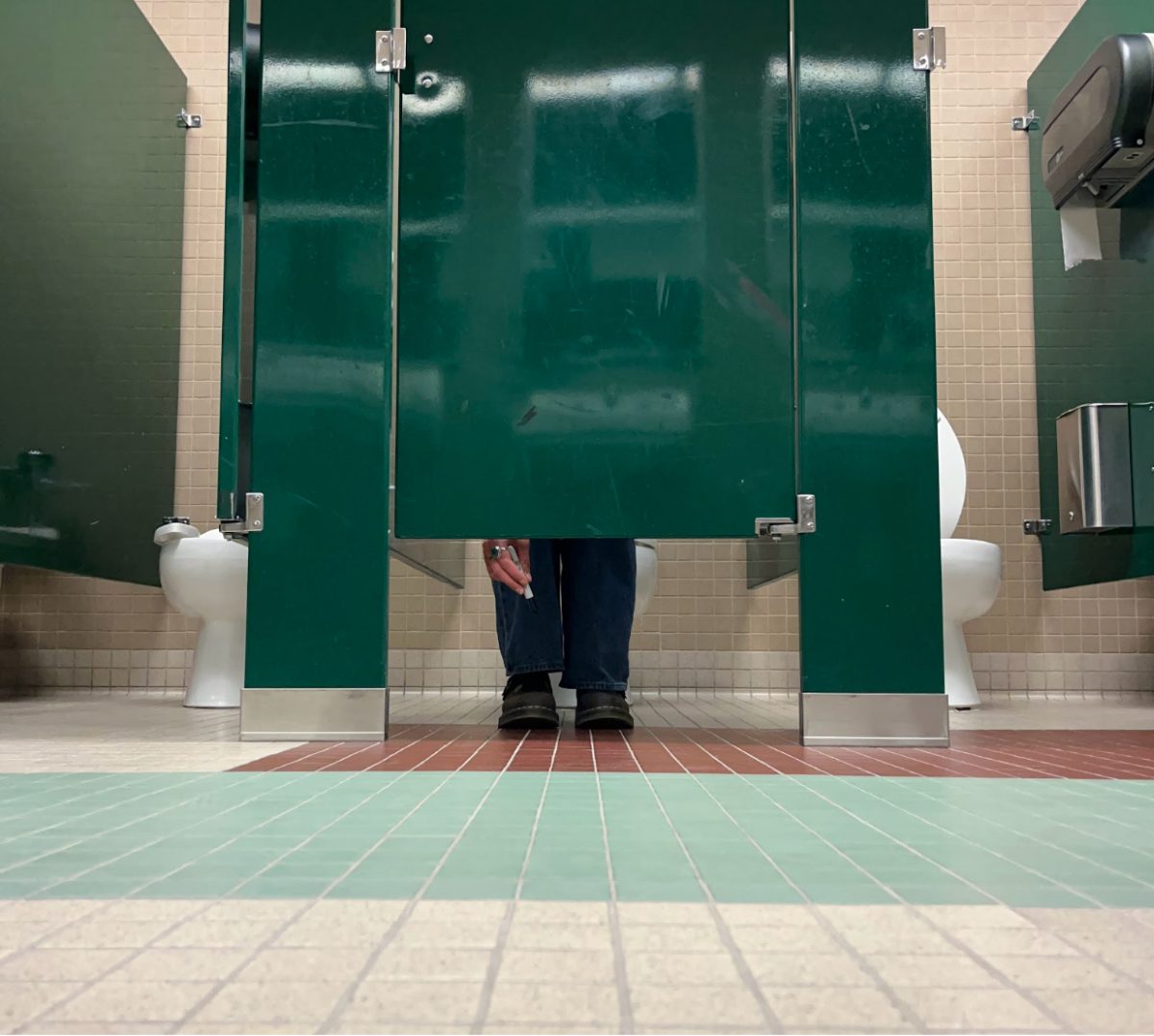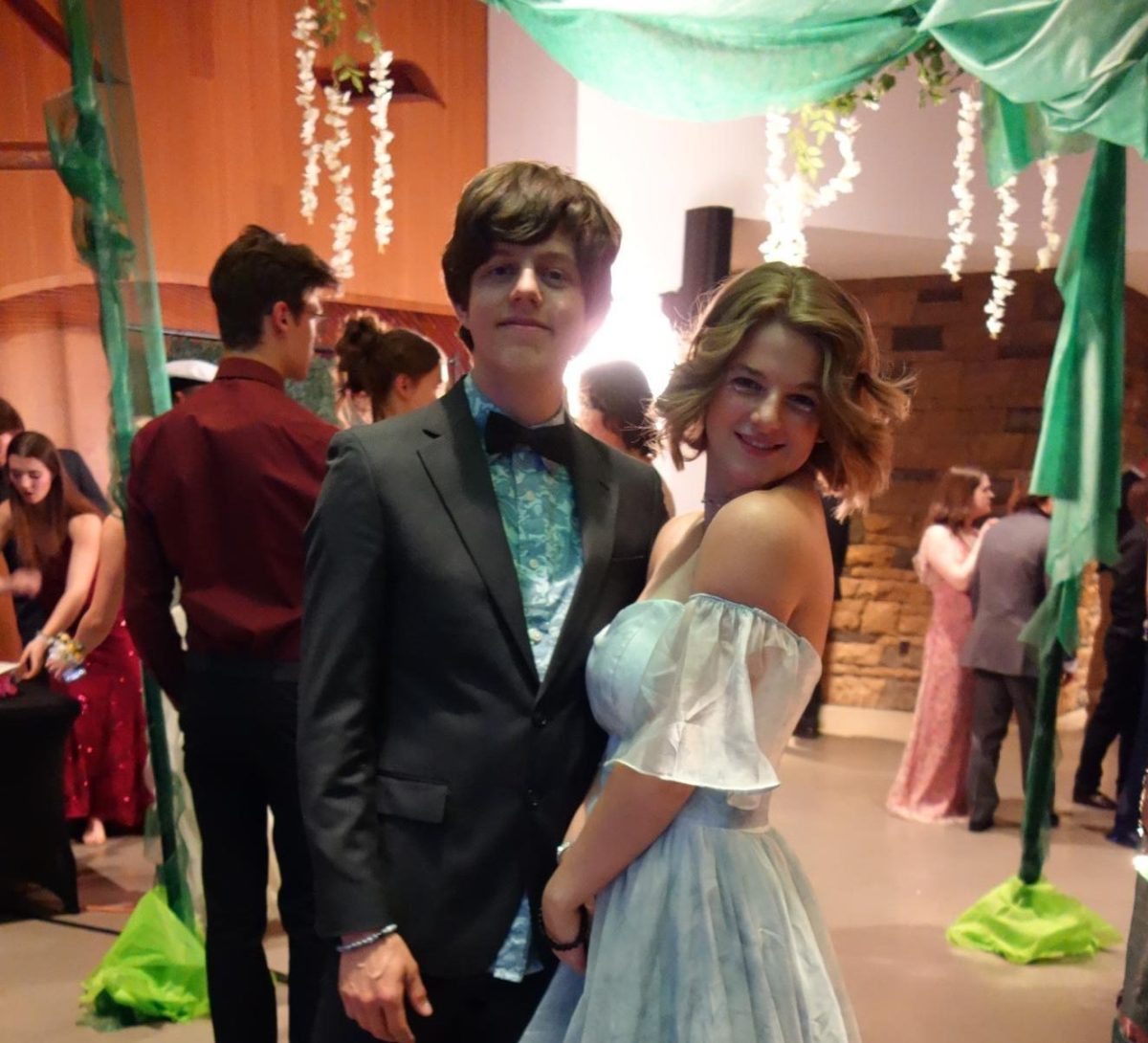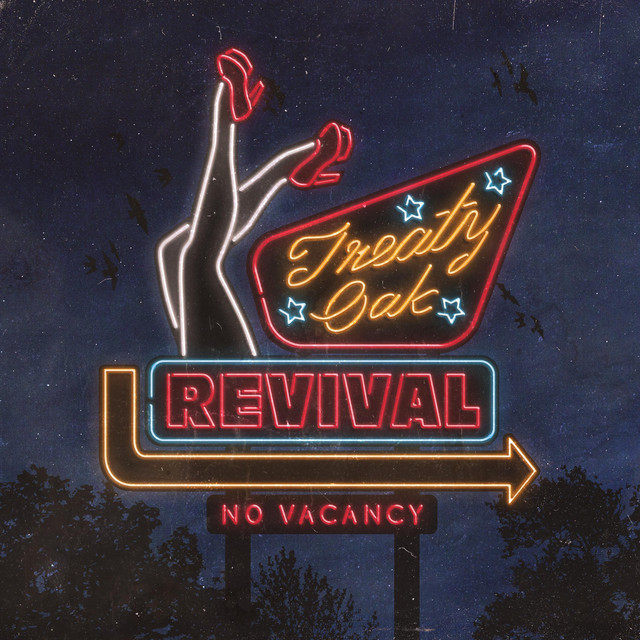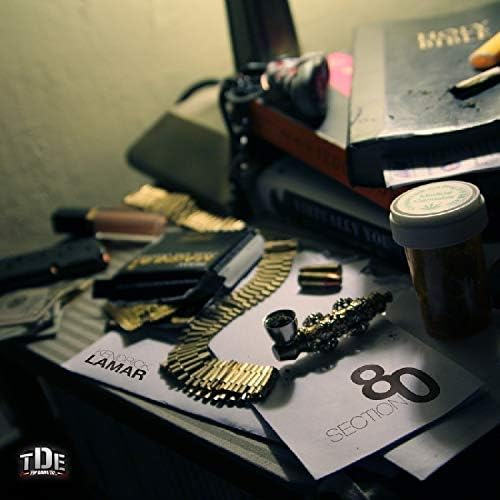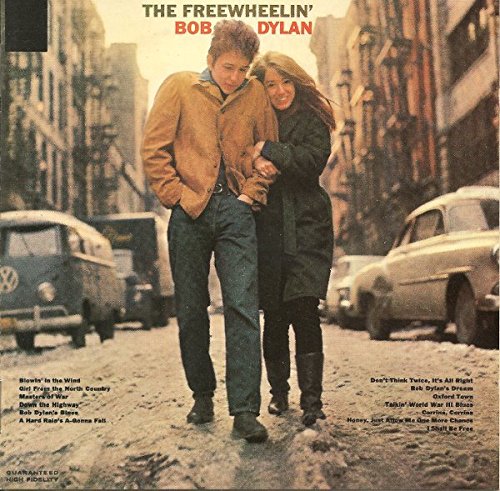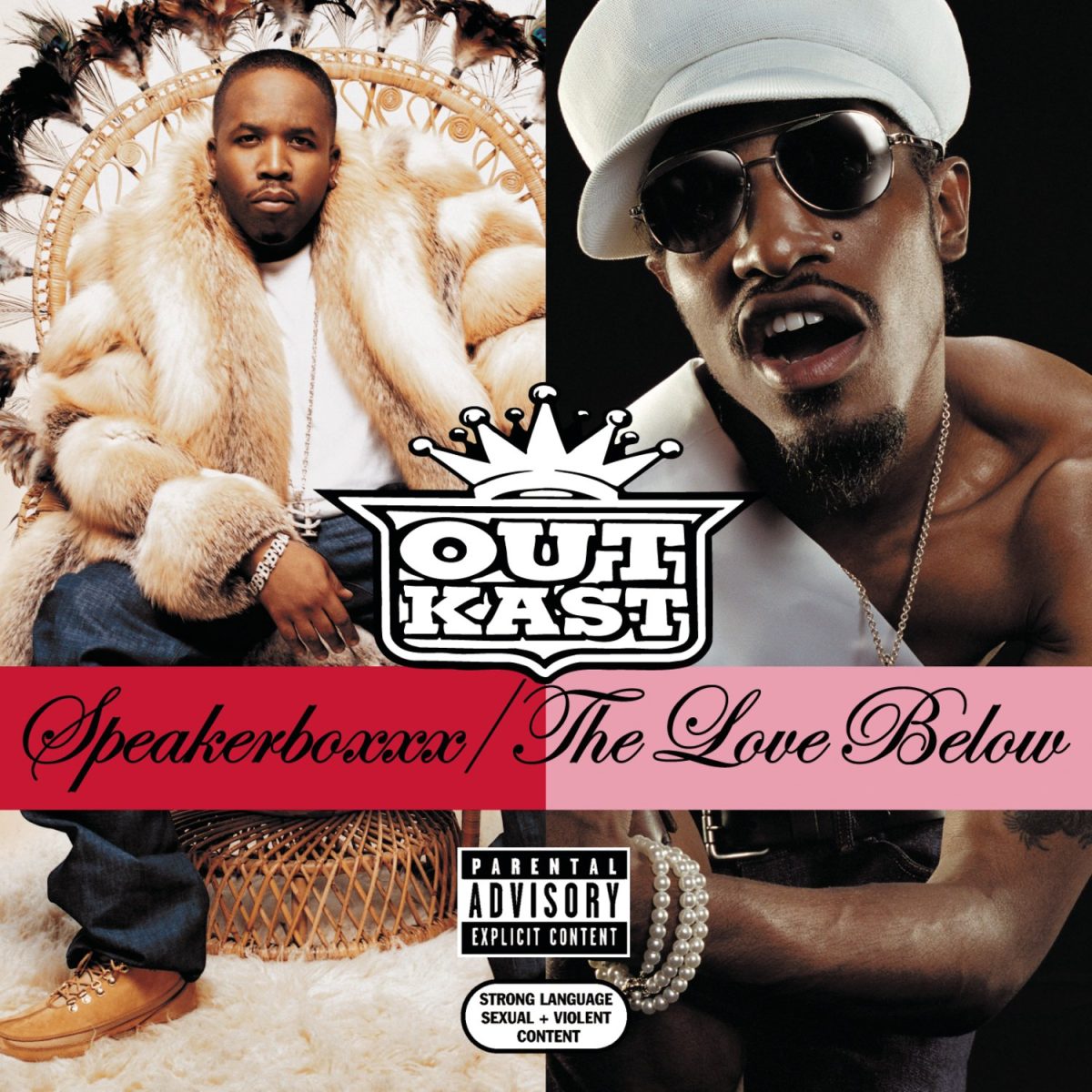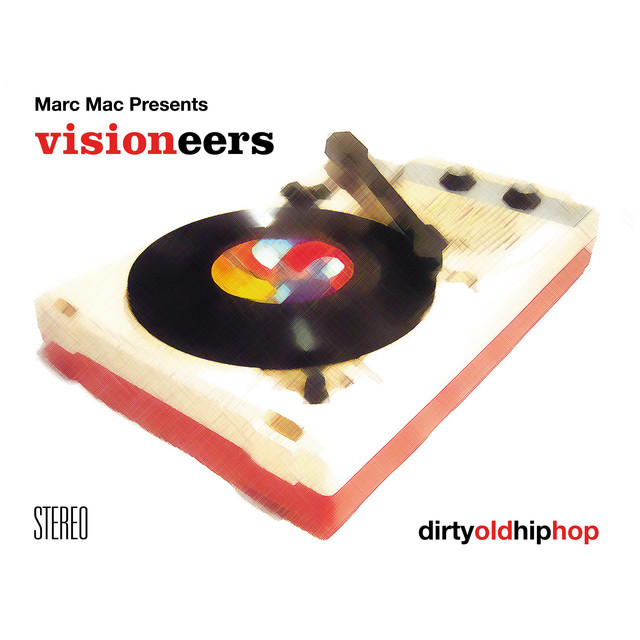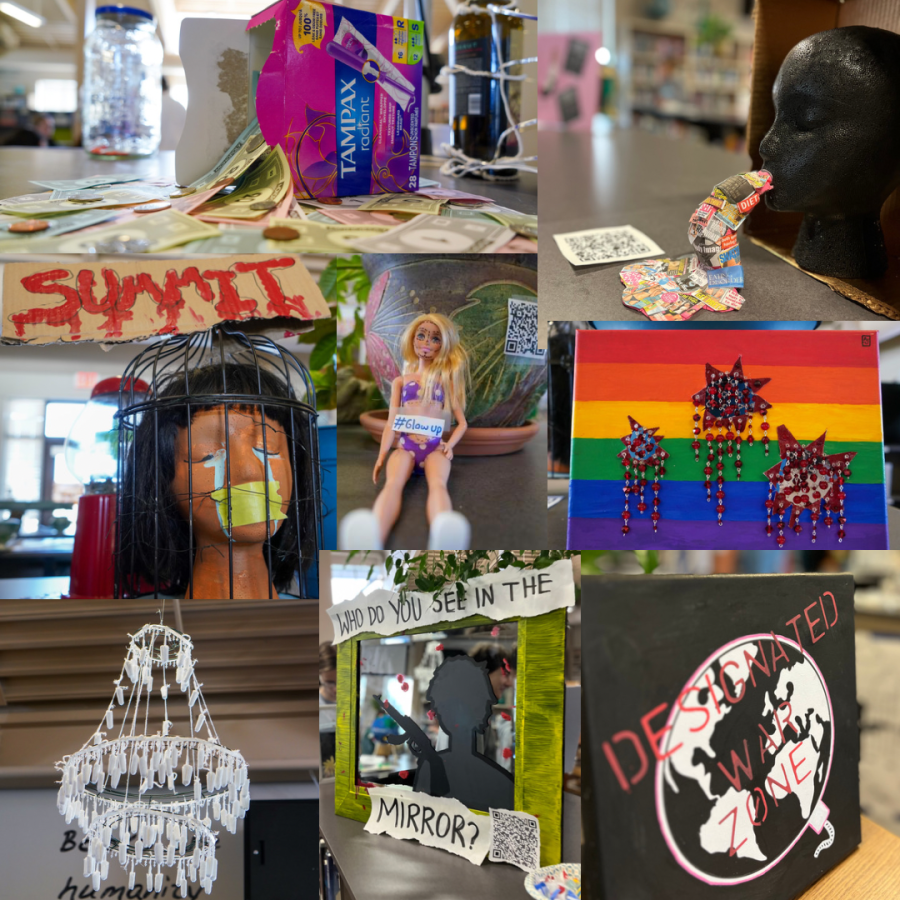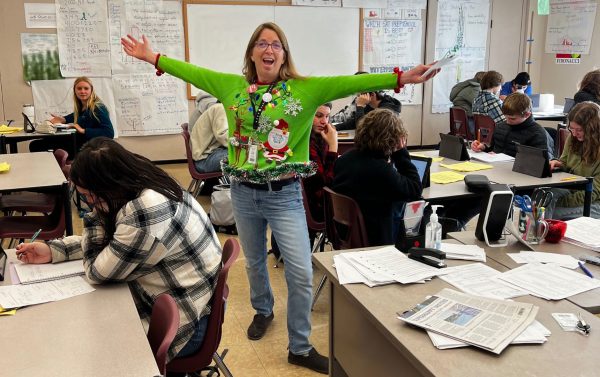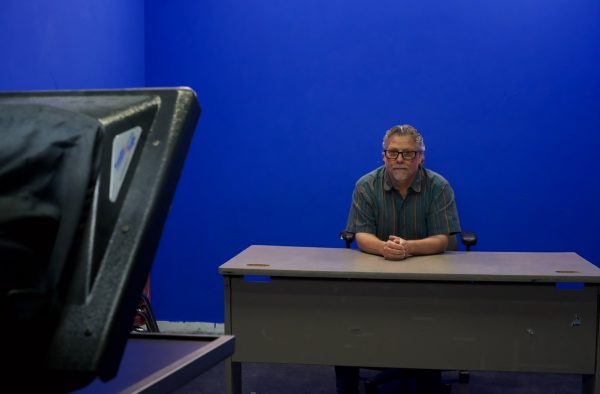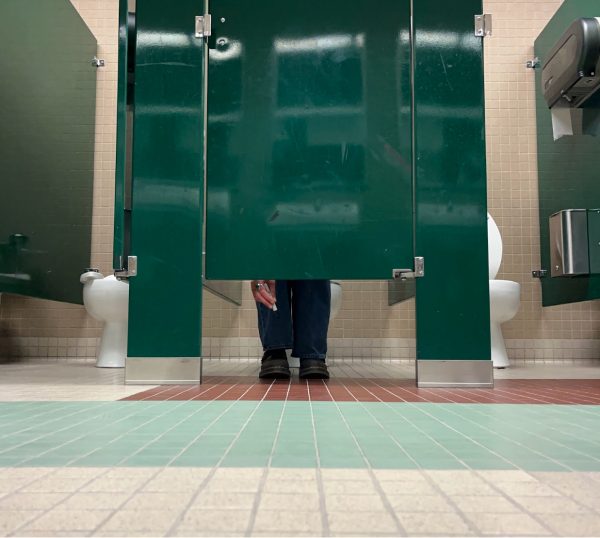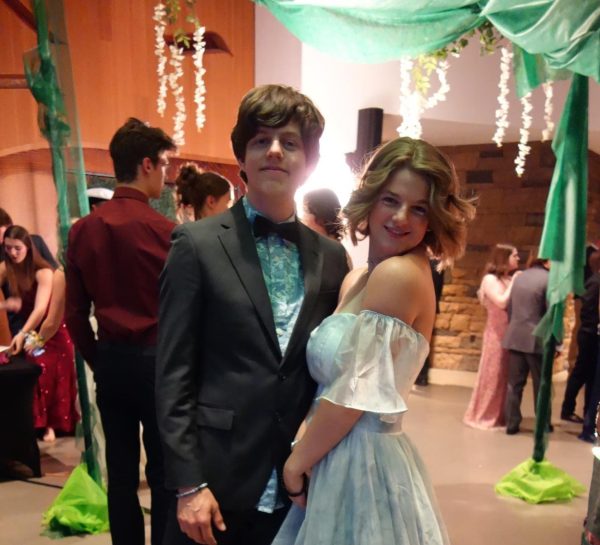Banksy Makes a Comeback
After last year’s fiasco, Summit Lit and Comp teachers decide to reintroduce sophomore project.
In the 2022 spring term, just seconds after the sophomore class released their Banksy projects to roam the halls of Summit High School, they were stripped down and defaced much like well-known artist’s Banksy’s creations. Most of the projects addressed controversial topics, like religion, political figures, racism and environmental issues.
For the assignment, students read the book “Wall and Piece” to further inspire their creative freedom, addressing an important topic of their choice. The Banksy Project was created by Summit teachers Erin Carroll and Amanda Holdredge as a tribute to Banksy and his work.
Banksy himself is known to break stereotypes and raise awareness and questions throughout his community, and many others. Carroll and Holdredge hoped that this project would inspire their young students and influence them to question societal norms.
Originally, the students were able to pick any topic that caught their interest and then would get approval from their lit and comp instructor, but after much consideration, Carroll and Holdredge decided to change the rubric slightly for the next unit, by putting more attention on approving the artwork and giving the option of art or a paper on one of Banksy’s art pieces.
In 2022, sophomores Max Himstreet and Lilann Hammack decided to tackle the topic of racism in Summit, their community and nation, causing a controversial uproar. Their project explored racism within the walls of their school, to raise awareness, discussions and concerns that it is alive and present in the school’s community. Himstreet and Hammack covered a table in white paper, with markers available to the students to make their “mark.” Above it was a molding of Hammack and Himstreet holding hands, with a poster behind asking: “When was the last time you were racist?”
With the freedom to express and share their thoughts anonymously, some students took it to an extreme, writing racial slurs, rude comments and disrespectful notes all over the page, some which didn’t even relate to racism. Reflecting and maybe even proving Himstreet and Hammack’s point—that the students at Summit can’t bear the reality and severity of their actions.
“Max and I were just more hopeful that people would be a bigger person than they were—many people took it in the wrong direction.” Hammack said.
Summit High School prides itself on being welcoming and accepting, but for many, this is not reflected at school.
“I feel like in general, our school doesn’t appreciate our POC students. It feels like a shallow allyship that’s presented, the feeling, I think, for minority students, is that the bullying, the harassment, the writing of slurs; it happens, but it doesn’t feel like it’s taken seriously. They try to keep it out of the main view of the school,” said Summit junior Sarah Feldman. “We have to recognize what has happened at Summit so we can move forward and have a more inclusive school in the future.”
Never expecting the outcome to be so extreme, the reaction and retaliation from the students, parents and district left everyone shocked.
“We didn’t quite expect the reactions to some of the projects that happened. We did not have the foresight to think about the worst case scenario, because that’s what happened, and I don’t think we even thought that the worst case scenario could even happen, which is why we didn’t think there were major issues with it,” said Carroll.
The response from the community wasn’t all black and white. Parents and students were angry and offended by some of the art—whether it be the ones confronting polarizing topics or ones that didn’t even get violated, and others were angry that all the student art was ruined and had to be taken down. Principal Michael McDonald was in quarantine when this happened, but said that he was surprised by the reaction of the students, and was actually more frustrated with himself.
“I liked the idea of students being able to display art—I’m familiar with Banksy, I know how controversial he can be and how cutting edge he can be. I was frustrated with myself that I didn’t do more research with Ms. Holdredge and Ms. Carroll. I didn’t think to ask them what the boundaries would be, so I just became more frustrated with myself, ” said McDonald.
Other students like Feldman disagreed. “The Banksy Project was really important, and I think it should be carried on in the future—but Himstreet and Hammack’s project shouldn’t have been let through. That question shouldn’t have even been posed in a public area that couldn’t have been controlled in the first place. It was a problematic question, and if you’re going to put a question out like that, you’re going to get responses like that.”
It was assumed that it would have been the first and last time the unit was taught—instead, the project was just reintroduced to the new Summit sophomore Class of ‘25 with some slight changes.
With support from Principal McDonald and the school library, this project was able to be shared with a new class. Restricting the artwork to stay in the library, making sure every piece is approved, and that there is no space for the art to be physically defaced or ruined.
Holdredge, Carroll and McDonald all agreed they needed to make a monitored, captive audience so as to not repeat what happened last year. “A classroom is captive audience, the school in essence is captive audience, which means that they don’t really have the choice whether or not they want to see things…so we have to be really aware of what kids are forced to see,” said McDonald.
The library offers a safe and contained area for the art work to be held, and those entering the library are aware there may be art inside that they don’t want to see. The admin took another precautionary step as further putting any art that could be considered as a “trigger” in a corner of the library, secluding it even more.
With all of these new restrictions, students now have to be cautious about what they make, and are being stripped of their original opportunities for creative expression.
“I’m sad it’s enclosed in the library and away from the halls,” said Summit sophomore Emma Conklin. Banksy creates his art anywhere he wants, whether it be called vandalism, it’s not censored, unlike what students now have to deal with. With the students’ best interest at heart, it’s been difficult for some students to understand why the Banksy Project can’t be like last year’s.
Annika Burke and Lucie Reynolds, Class of ‘25, both agreed that they were disappointed—not with the teachers, but with the district. “The district is scared to shake things up…this is the whole point of the [Banksy] Project,” said Burke.
Though student reactions varied and weren’t entirely expected, the repercussions are forever. Going forward, there is hope for this year’s Banksy unit and without pushback and interference from above. While disappointing for some current students operating under the assignment’s new parameters, all of these rules were meant to help control and support the art.
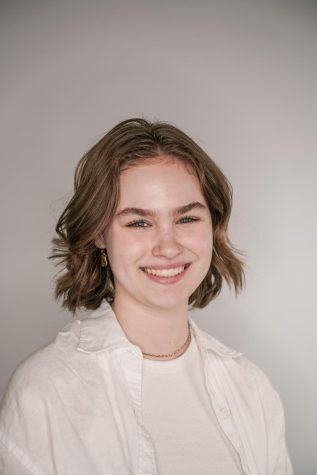
Often found stressing over the fact she procrastinated school work, Colette Lorge - a sophomore staff writer, is one of the newest members of News staff. Working late nights at Zydeco as a host and early...





